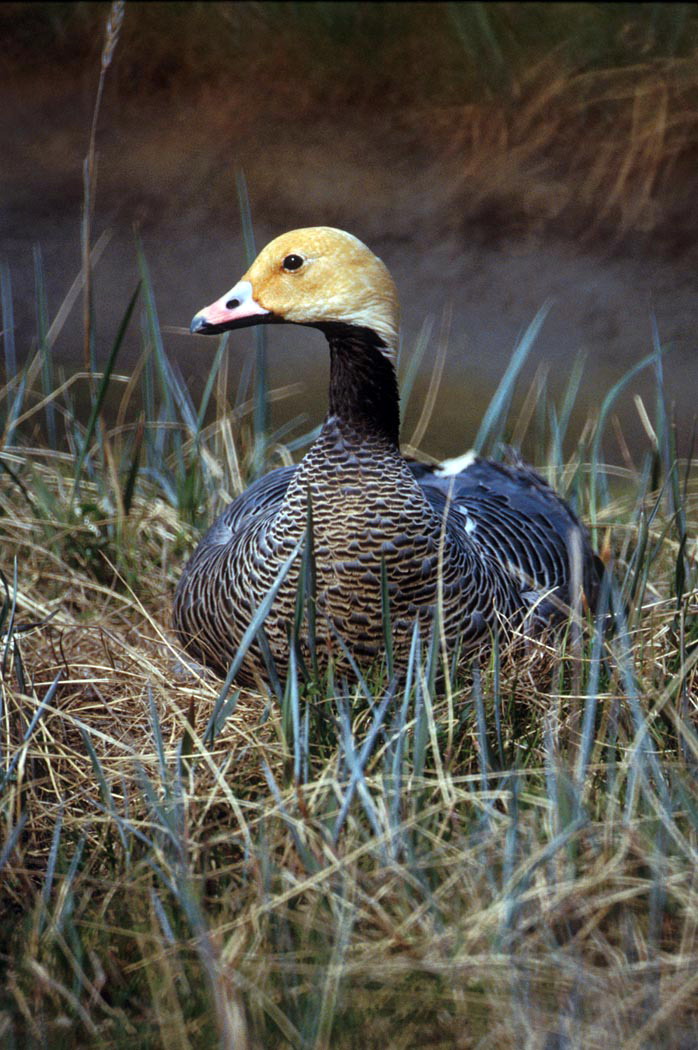|
| Query: bird | Result: 7081st of 32675 | |
Emperor Goose (Chen canagica) <!--흰머리기러기-->
| Subject: | Emperor Goose (Chen canagica)
| | Poster: | Phoby (phoby@notmyphoto.com)
| |

| Resolution: 698x1050
File Size: 217510 Bytes
Date: 2005:10:29 21:06:36
Upload Date: 2005:10:29 21:01:03
|
From the U.S. Fish and Wildlife Service's online digital media library.
Check http://images.fws.gov/ for higher quality version, and http://www.fws.gov/help/policies.html for copyright information.
Metadata
Title: Emperor Goose on Nest
Alternative Title: Chen canagica
Creator: Bowman, Tim
Source: DI-TB-emgo_b7
Publisher: (none)
Contributor: ASSISTANT REGIONAL DIRECTOR-EXTERNAL AFFAIRS
Language: EN - ENGLISH
Rights: (public domain)
Audience: (general)
Subject: Birds, Waterfowl, Aquatic Birds, Geese, Alaska
Date Issued: August 24 2005
The Emperor Goose (Chen canagica) is a species of goose. It breeds around the Bering Sea, mostly in Alaska, USA, but also in Kamchatka, Russia. It is migratory, wintering mainly in the Aleutian Islands. Some authorities places this species in the more traditional grey goose genus Anser. |
^o^
Animal Pictures Archive for smart phones
^o^
|
|

